No Results Found
The page you requested could not be found. Try refining your search, or use the navigation above to locate the post.
When you make homemade cookies for your dog, you always know exactly what is in them. You can respond very well to your pet’s needs, for example allergies, and pay attention to organic quality. Today I came up with a fruity, fresh recipe for a treat. The dog biscuits with apple and chia will delight your four-legged friend and with these healthy ingredients, your four-legged friend will also get a good portion of omega 3 fatty acids.
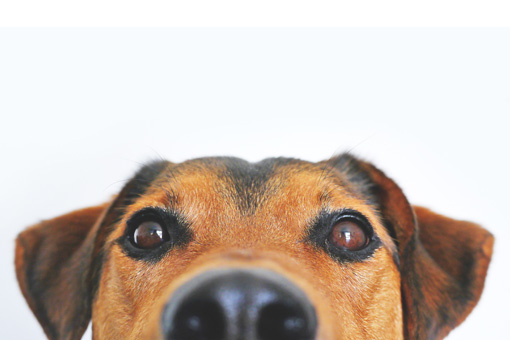
Dogs are always particularly happy about dog biscuits with chia and apple because they are healthy and taste delicious.
Important: The dog biscuits with chia and apple must dry particularly well. Be sure to store it in an air-permeable container or bag.
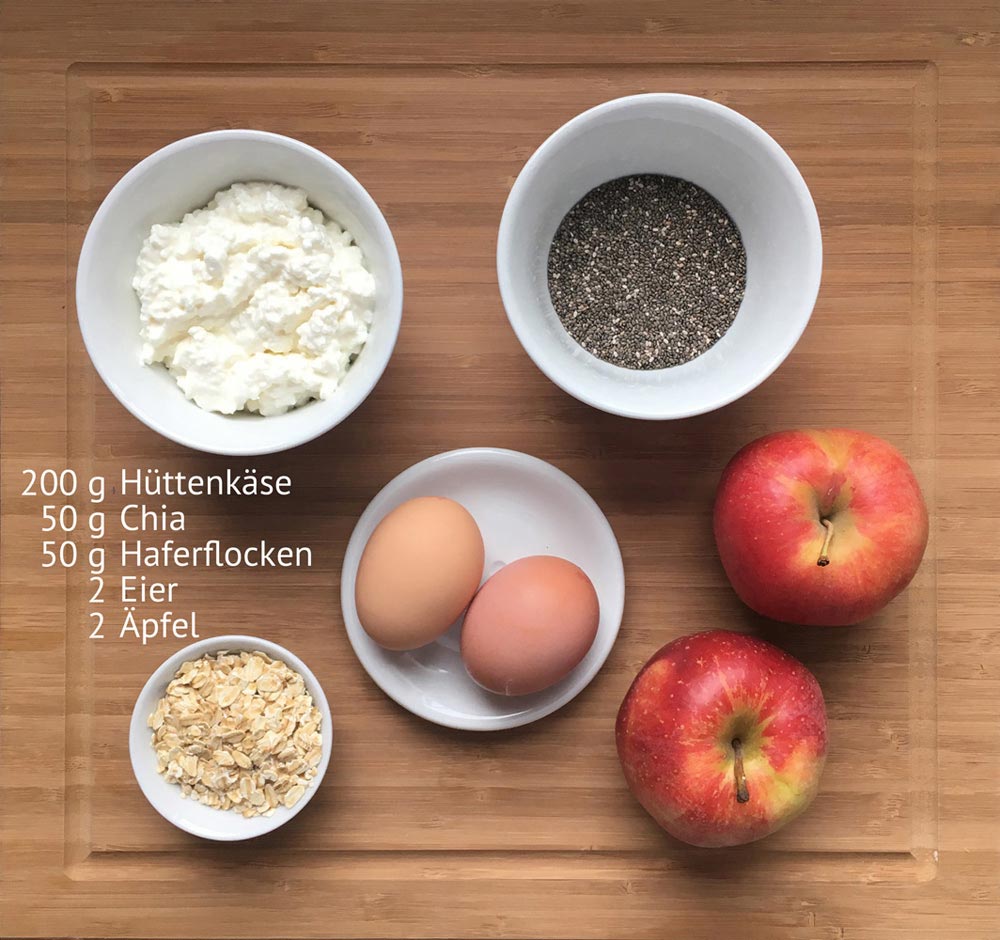
Use these few healthy ingredients to bake your dog’s favorite cookies.
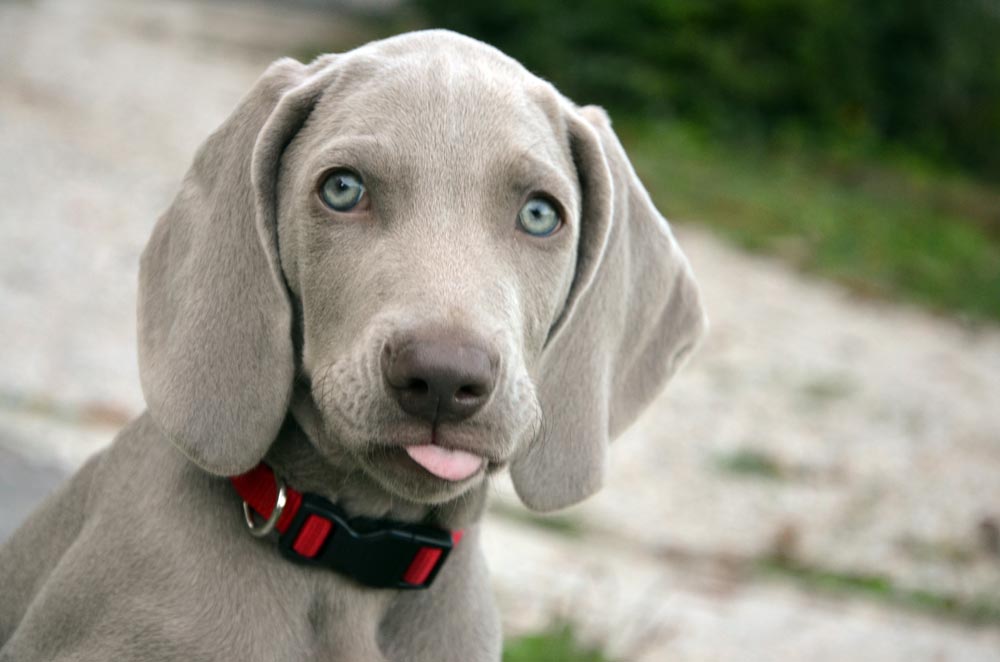
Dogs are rarely naturally aggressive. If cases of aggression occur, it is usually due to incorrect posture, violent upbringing or a misinterpretation of behavior.
Whenever a biting accident is reported in the press, calls for a dog license become louder. What is forgotten is that dogs are very rarely naturally aggressive. In many cases the reason is due to incorrect attitude and violent, aggressive upbringing. A misinterpretation of the four-legged friend’s behavior can also be the cause. What does a dog license do and what should you pay attention to?
With a dog license, the dog owner acquires a certificate. An exam with a theoretical and practical part must be taken. The theoretical part consists of questions about species-appropriate husbandry, legal regulations and the appropriate handling of a dog. In the practical test, the dog and owner must pass typical everyday situations. For example, lying quietly under the table in the cafe even though the waiter or other guests come to the table. The dog should also be able to tolerate unusual movement patterns (e.g. children on scooters) when walking without a leash.
Associations such as the International Professional Association of Dog Trainers (IBH), the Association for the German Dog Industry (VDH) or the BHV (Professional Association of Dog Trainers and Behavior Consultants) take the dog driving license test. The costs are around €100.
Since July 2013, proof of expertise has been mandatory in Lower Saxony for anyone who buys a new dog. This proof is colloquially known as a dog license. However, not all authorities recognize all certificates of expertise. It is therefore advisable to seek advice from the relevant authorities.
There are no uniform rules across Germany, only requirements for binding proof for all dog owners. In Bavaria you only need a permit to keep so-called fighting dogs. Which dogs fall under this term can be found in the fighting dog regulations. In Berlin, stricter rules apply to all dogs if you want to let them off the leash.
On the one hand, you gain an understanding of how well you have your dog under control. On the other hand, having a driving license offers financial incentives: There are municipalities that offer an exemption from dog tax after receiving a dog driving license. In other communities, the dog tax is at least reduced upon presentation of the dog license.
The requirements vary slightly from state to state. The examinations of the various associations are also different. Approximately 35 – 40 questions must be answered on the topics of training, fear, aggression, upbringing, reproduction, health, attitude, communication, care, race and relevant law. To pass, the owner must answer at least 80% of the questions correctly.
The dog driving license test is about the animal’s suitability for everyday use. Numerous situations are played out. The owner of the animal must have the dog under control so that it does not jump up on passers-by. He must also have his dog under control so that he can let him walk in public without a leash.
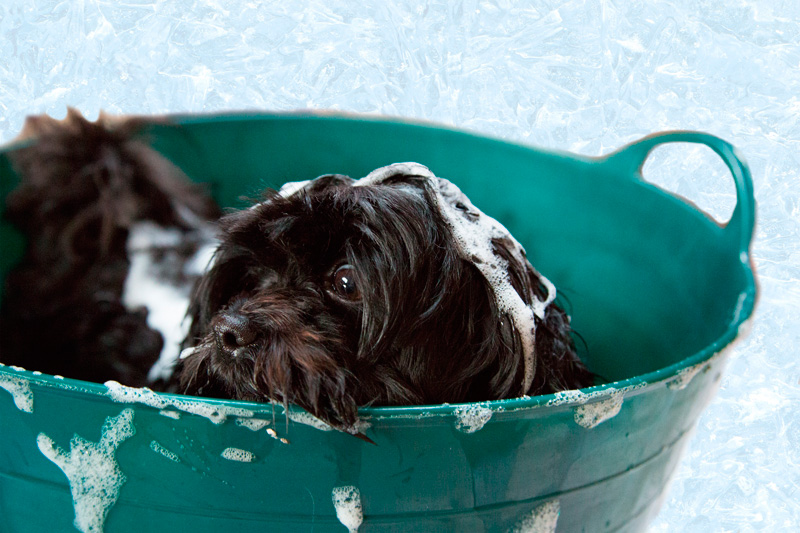
If you don’t feel comfortable washing your dog with a shampoo whose ingredients list you can’t even pronounce, here’s a great recipe …
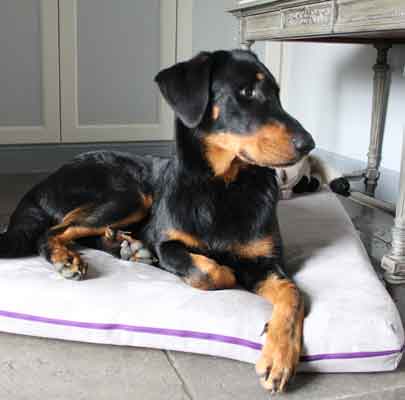
The Beauceron is a very original, powerful, robust and muscular dog, but without any sluggishness. It impresses with its stamina and incorruptibility.
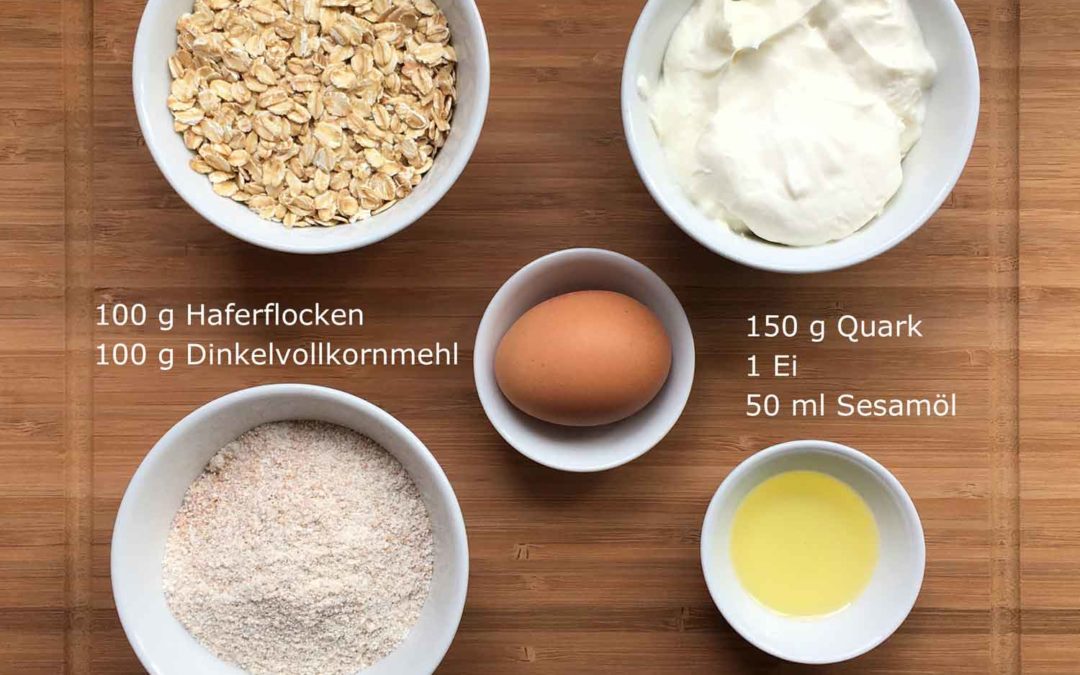
Today I felt like baking some dog treats again. …

Many dog owners do not realise how many plants in our immediate vicinity are poisonous to dogs. …
Spring is coming, the sun is warming us. We look forward to long walks and long walks with our dogs. And so the tick plague begins again. If you want to protect yourself and your four-legged friend from ticks, you can use relatively safe and environmentally friendly methods. There are wonderful herbal products that can help. You don’t always have to shoot sparrows with cannons. However, if you live in an area with a heavy tick infestation, you may have to resort to a spot-on. The best place to discuss this is with your veterinarian.
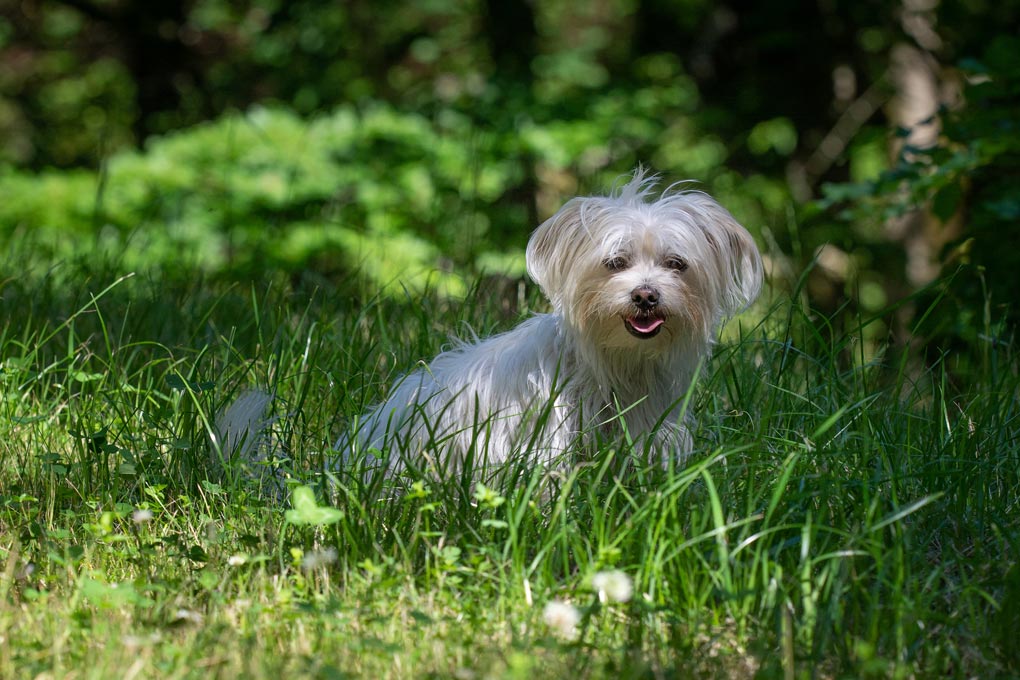
We introduce you to healthy alternatives to fend off ticks.
There are a variety of spot-ons and tablets on the market that use chemical ingredients to protect against ticks. It contains chemicals such as permethrin, pyroproxifen, methoprene, fipronil or imidacloprid. Tablets contain, among other things, flurolaner. These active ingredients have caused serious health problems in the animals in the experimental laboratories. The inactive ingredients it contains can also harm your dog. Some of these toxins are fatal to cats. If your family includes a dog and a cat, you should think about less toxic options and do your research.
Many package inserts warn not to let the substances come into contact with your own skin when applying them. It is recommended to wash your hands thoroughly after use and to keep the products away from children. But in order to protect the dog from ticks, the product must be applied to the animal’s skin. An overdose of pesticides can cause dogs to experience vomiting, diarrhea, tremors, convulsions and breathing problems. If any of these symptoms occur, wash the product thoroughly and seek veterinary attention immediately.
Well-fed, healthy dogs with a strong immune system attract fewer parasites. This is what experience shows. And just like with us humans, the key to good health is diet. Find out more about the ingredients in the food. Dog food usually consists of leftovers from the meat industry that are no longer suitable for human consumption. In Germany, only hygienically perfect by-products may be used to produce the feed. But since the rotten meat scandals, we know what can get into our food and that of our pets.
It’s best to think intensively about the topic of nutrition for your dog. This is the only way you can be sure that you are doing everything you can to ensure the health of your four-legged friend.
.
B vitamin tablets are a good prevention against tick infestation. Adding coconut oil (please organic quality) to the feed also helps. This is not necessarily scientifically proven, but it has been tested in practice. Coconut oil is rich in oleic and linoleic acid, vitamins E and K, iron and organic sulfur. The lauric, capric and caprylic acids contained strengthen the immune system and have antibacterial, antifungal and antiviral effects.
There are also spot-ons with purely herbal extracts that protect against ticks. These botanicals are not liked by ticks and are applied to the animal’s neck. You can also apply herbal lotions based on coconut and neem oil. These care for the fur and last for 2-3 hours.
You can also make your own effective repellent against parasites. You can fill the mixture into a spray bottle and spray your dog with it before every walk.
Mix 5 drops each of tea tree, citronella, rosemary, peppermint and eucalyptus oils with a cup of water. Shake the mixture well and pour it into a spray bottle. You can spray your dog with this tincture daily. It will protect him from ticks.
Download – Recipe for a natural tick repellent for dogs.
Caution:
Under no circumstances should you use the spray on cats. Essential oils can be fatal to cats. Cats cannot metabolize essential oils and only excrete them slowly. They accumulate in the body and have a toxic effect. Just a few drops can cause a cat to become ill.

If you don’t feel comfortable washing your dog with a shampoo whose ingredients list you can’t even pronounce, here’s a great recipe …

The Beauceron is a very original, powerful, robust and muscular dog, but without any sluggishness. It impresses with its stamina and incorruptibility.

Today I felt like baking some dog treats again. …

Many dog owners do not realise how many plants in our immediate vicinity are poisonous to dogs. …
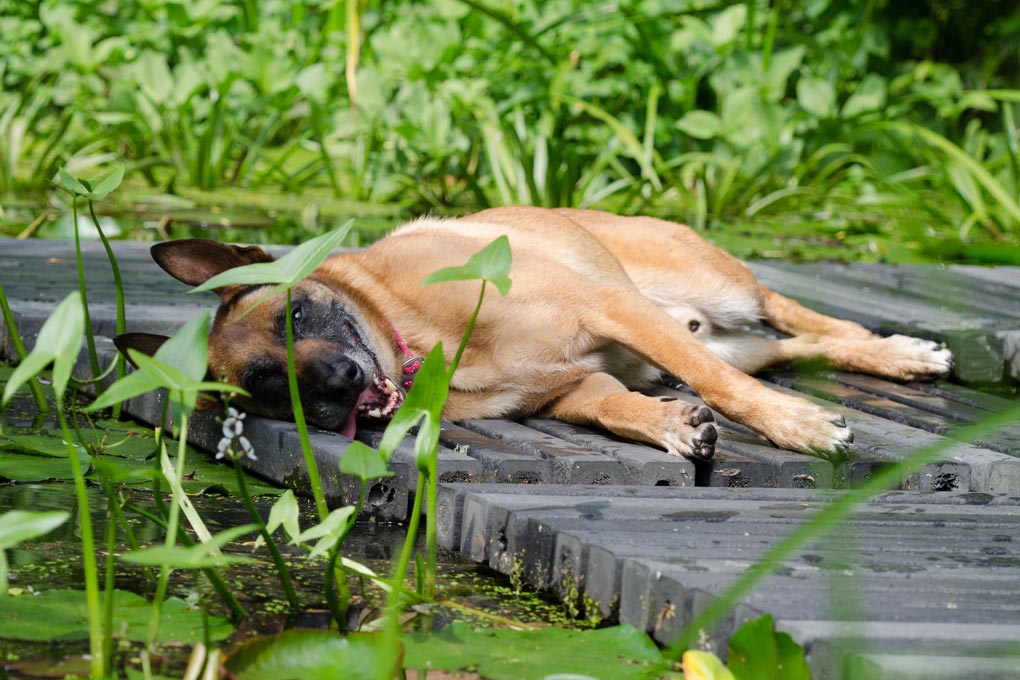
Temperatures that are comfortable for us can, under certain circumstances, lead to heat stroke for the dog.
If temperatures rise to over 25°C in summer, dogs are more likely to suffer from heatstroke. Since there are no sweat glands on large parts of the skin in dogs and cats, the animals are very sensitive to heat. Sweat glands are only located on the nose and the ball of the nose. This is too small a surface area to regulate body temperature sufficiently. And unlike humans, the warm fur can be exchanged for an airy summer dress.
If the dog is exposed to heat for a long time and has no opportunity to retreat to a cool place, the dog can very quickly develop heat stroke. If you park your car in the sun at a pleasant 24°C, it can become a fatal trap for your dog inside within an hour. Never leave your dog alone in the car, even if it is in the shade. The sun moves and the car turns into an oven within a very short time.
In warm weather, high humidity, and strenuous physical activity, well-trained dogs can suffer heat stroke. Rescue dogs may only be used for 15 minutes at temperatures above 30°C. Then a sufficiently long break must be taken and the animal must have unrestricted access to water. To ensure that the rescue dog is adequately protected, the body temperature is checked regularly.
If your dog is a flat-nosed dog (e.g. French Bulldog, Pug, Boxer, Cavalier King Charles Spaniel, Pekingese…) you should be particularly careful. Even a quiet walk in the midday heat can cause heat stroke in a dog with restricted breathing.
Dogs dissipate heat by panting. Due to the resulting loss of fluid, the animals become dehydrated and their body temperature continues to rise. From a body temperature of 40°C, the organs are no longer adequately supplied with blood, significant circulatory problems occur and shock can occur. If the body temperature continues to rise, the body’s own protein clots, the animal collapses and, after a painful struggle, dies of heart failure.
take the animal to the vet immediately
If you have a heat-damaged dog, you should always and under all circumstances consult a veterinarian! Only a veterinarian has the chance to prevent irreparable damage and initiate emergency measures.
Here are some useful tips on how to get your dog through the summer heat!

If you don’t feel comfortable washing your dog with a shampoo whose ingredients list you can’t even pronounce, here’s a great recipe …

The Beauceron is a very original, powerful, robust and muscular dog, but without any sluggishness. It impresses with its stamina and incorruptibility.

Today I felt like baking some dog treats again. …

Many dog owners do not realise how many plants in our immediate vicinity are poisonous to dogs. …
For most dogs, the daily routine is similar. After the last round of walks, the dog and his owner go to bed. Peace returns, the dog can switch off and get a restful sleep. With a bit of luck next to your master and mistress in the bedroom. These sleeping sounds calm the pack animal dog the most.
It starts with the first alarm ringing. People become active and from this point on, the four-legged friend can no longer properly assess everyday life. He finds it difficult to switch off and usually just dozes in our presence.
If the dog sleeps deeply and soundly, the dog usually lies stretched out for a long time and there is hardly any body tension. If the four-legged friend is just resting, his eyes are closed, but he is always ready to react immediately to any deviations.
Rest periods throughout the day are extremely important to gather strength and process experiences. In addition, the immune system is strengthened and our four-legged friend is less susceptible to illness. Dogs get restful sleep, are much more relaxed in their behavior, more receptive, learn faster and have better motor skills.
If the dog is just resting, he has his eyes open and is looking around. He lies quietly in his place in the dog bed and doesn’t let himself be disturbed immediately.
When the dog is dozing, its nose and ears scan the surroundings. He has his eyes closed, is breathing normally and is not dreaming.
Dogs’ deep sleep phases are quite similar to those of humans. When you fall asleep, your heart rate and breathing slow down and your blood pressure drops. The REM phase comes in which the dogs process their experiences of the day. If the four-legged friend twitches and whines with his eyes closed, he is dreaming and is in the deep sleep phase. In contrast to humans, who dream for about a quarter of the deep sleep phase, the REM phase in adult dogs only lasts about 10% of their sleeping time, although young dogs need a little more.
Scientists have found that humans and dogs show identical patterns of sleep deprivation. They are initially more overexcited, then unfocused and have poor motor skills. Then comes the phase in which they are very irritable. The first symptoms of illness then appear, which can become chronic.
That’s why you should provide your dog with a place to sleep that offers maximum regeneration, because restful sleep is so important.
Our dogs are no longer used to natural periods of rest. They are just as active as their master. Many dog owners also think they have to keep the dog busy. But the animal actually has to learn again to fall into a deep sleep during the day. In order for the dog to fall into a deep sleep during the day, a few things must be considered.
The perfect sleeping place is the be-all and end-all for the optimal regeneration of your four-legged friend.
Nature has shaped dogs’ natural sleep experience. In order to have a feeling of security and protection, wolves dig a hole for themselves. Dogs get this security when their backs are protected, for example with our BOOX, CUBE, BLOOM dog bed or our ARENA dog basket.
Do not place the dog basket in the middle of the room. It is better to place it on a quiet side or corner of the room, without direct sunlight and free from drafts. Also not directly in front of the heater, as the dog can quickly become too warm. Please do not place the sleeping area in a passage or hallway. There is too much “traffic” and unrest at this point. So that your furry friend can switch off and find peace, a somewhat hidden, protected place is the right place for the dog bed.
To prevent joint problems, please do not let your dog sleep directly on the cold, hard floor. Provide him with a place to sleep that is well insulated from cold and heat (underfloor heating). Our dog cushions are thick enough to meet these requirements. The orthopedic latex filling also ensures a healthy, deep sleep. It supports the dog’s body with its excellent point elasticity and optimally reflects the body shape so that there is no pressure on the intervertebral discs and spine. This ensures optimal muscle relaxation.
If the dog already has problems with its joints, we recommend a viscoelastic (memory foam) dog mat like our PAUL or MARY.
Make sure the dog bed is the right size. The dog should also be able to stretch out properly.
Exercise and exposure to fresh air are essential for a good night’s sleep. Mental demands such as nose work and tracking require not only the muscles but also the head. A restful sleep also depends on a good sleeping environment, but we have already discussed that. At night it is also important that the room is dark. The animal should also not be disturbed by loud ambient noises. To ensure that the bladder doesn’t strain during the night and prevent the dog from sleeping through the night, a final walk should take place before going to bed. Feed him early in the evening so that he has enough time to digest his evening meal.
There is a big difference between sleeping and lying lethargic. Watch your dog closely. If he seems rather sluggish and lethargic, you should first check his feeding habits. Is it possible that your four-legged friend is not drinking enough or does he hardly have an appetite? This can be a serious red flag. When we humans have the flu, we don’t want to get out of bed and suffer from loss of appetite and lack of motivation. Watch your dog closely and see if he might
– receives too little employment and is under-challenged
– suffers from an underactive thyroid
– Is diabetic
– suffers from depression
– was infected with Lyme disease from a tick bite
Basically: 16 to 20 hours of sleep is normal for dogs and usually not a cause for concern. However, if your animal’s behavior suddenly changes, he is much less active, lies lethargic in his bed, or his drinking habits or eating behavior change, you should always consult a veterinarian.
Recent Comments